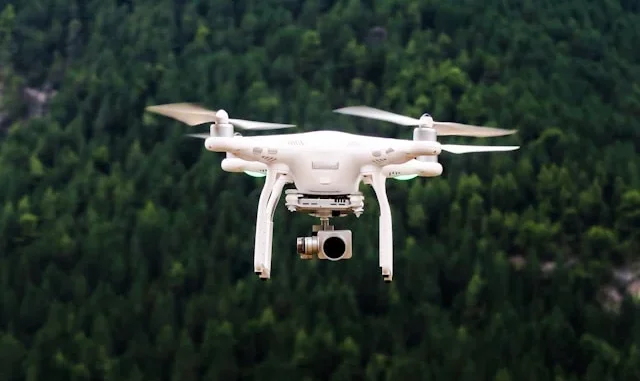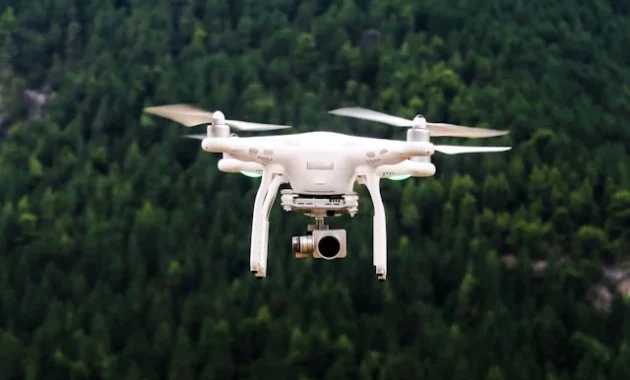
As drones become increasingly popular for both recreational and commercial use, understanding the specific regulations that govern their operation is crucial. Thailand, with its picturesque landscapes and bustling cities, attracts numerous drone enthusiasts. However, flying a drone in Thailand comes with a set of rules that must be adhered to, ensuring safety and compliance with local laws. This comprehensive guide aims to provide detailed information on drone flying regulations in Thailand, helping you navigate the legal landscape with ease.
Legal Requirements for Drone Operation in Thailand
Registration and Licensing
Before taking to the skies, drone operators in Thailand must complete specific registration and licensing procedures:
- Registration with the Civil Aviation Authority of Thailand (CAAT): All drones equipped with cameras or weighing more than 2 kilograms must be registered with the CAAT. This process involves providing personal information, drone specifications, and the purpose of use. Additionally, operators need to obtain third-party liability insurance with coverage of at least 1 million Thai Baht.
- Licensing for Drones Weighing Over 25 Kilograms: Drones that exceed 25 kilograms require a special license from the CAAT. This license mandates a more rigorous application process, including proof of the operator’s capability to safely handle the drone.
Drone Operator Certification
For commercial drone operations, pilots must obtain a Remote Pilot License from the CAAT. This certification ensures that operators have the necessary skills and knowledge to safely conduct drone flights, especially for professional purposes such as aerial photography, surveying, and agricultural monitoring.
Operational Guidelines for Drone Flying in Thailand
General Flight Restrictions
To ensure safety and privacy, Thailand enforces several flight restrictions:
- No-Fly Zones: Drones are prohibited from flying within 9 kilometers of airports or in other restricted areas, including military bases, government buildings, and critical infrastructure. Operators must consult the CAAT’s no-fly zone maps before planning their flights.
- Altitude Limits: Drones must not exceed an altitude of 90 meters (300 feet) above ground level. This limit helps prevent interference with manned aircraft and ensures safer airspace management.
- Distance from People and Property: Drones should maintain a minimum distance of 30 meters (100 feet) from people, vehicles, buildings, and animals. This regulation aims to protect public safety and privacy.
Night Flying and Line of Sight
Drone operations are restricted to daylight hours only, ensuring better visibility and control. Additionally, operators must maintain a visual line of sight with their drones at all times, prohibiting the use of first-person view (FPV) systems without a spotter.
Special Permissions and Applications
Filming and Photography
Drone operators intending to use their equipment for commercial filming or photography must obtain a permit from the Film Board of Thailand. This requirement is in addition to the CAAT registration and licensing processes. The Film Board evaluates the purpose and location of the filming to ensure compliance with local laws and cultural sensitivities.
Flying in National Parks and Heritage Sites
Thailand’s natural beauty and cultural heritage sites are popular spots for drone enthusiasts. However, flying drones in these areas requires special permission from the Department of National Parks, Wildlife, and Plant Conservation or relevant authorities managing heritage sites. Operators must submit detailed flight plans and obtain necessary permits to avoid penalties.
Penalties for Non-Compliance

Failing to adhere to Thailand’s drone regulations can result in significant penalties. These may include fines, confiscation of equipment, or even imprisonment for severe violations. The CAAT and local law enforcement agencies strictly monitor drone activities to ensure compliance and protect public safety.
Best Practices for Safe and Legal Drone Flying
Stay Informed and Updated
Drone regulations can change, and it’s essential for operators to stay informed about the latest rules and guidelines. Regularly checking the CAAT’s website and subscribing to updates can help ensure compliance with current laws.
Respect Privacy and Local Customs
When flying a drone, always respect the privacy of individuals and the cultural norms of the area. Avoid flying over private properties, and be mindful of local customs and traditions, especially in rural or culturally significant regions.
Pre-Flight Checks and Maintenance
Conduct thorough pre-flight checks to ensure your drone is in good working condition. This includes checking the battery levels, calibrating the compass, and ensuring all components are securely attached. Regular maintenance and software updates are also crucial for safe and reliable operations.